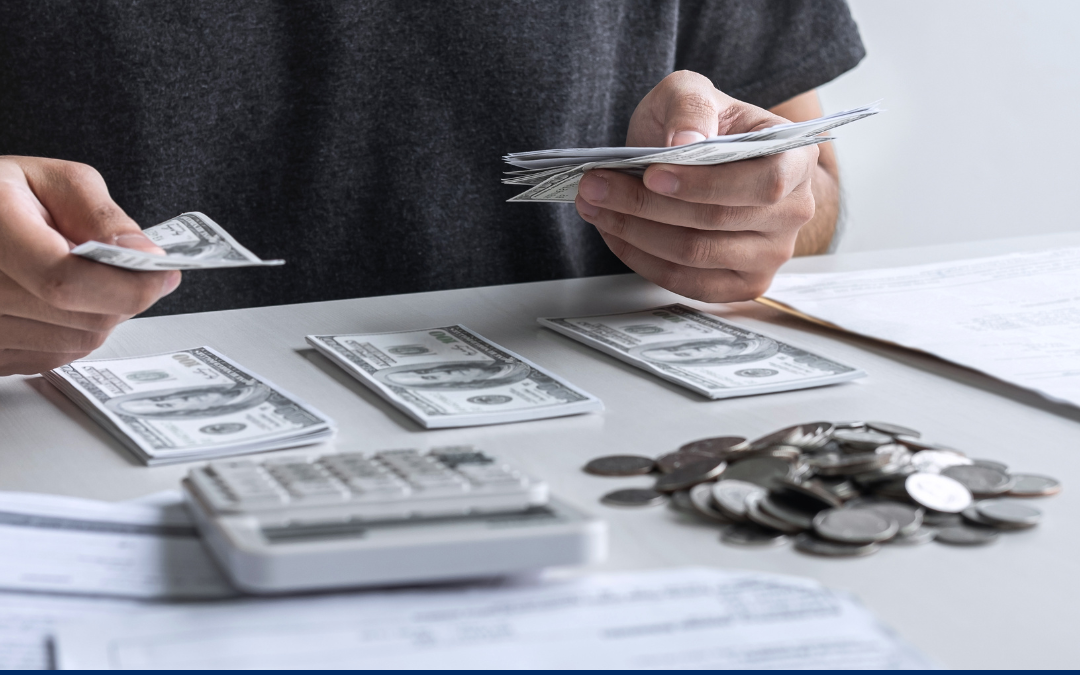A number of important accelerated depreciation benefits for businesses were included in the Protecting Americans from Tax Hikes (PATH) Act of 2015, a tax extenders package signed into law on December 18, 2015. In addition to making permanent a $500,000 limit on Section 179 deductions, the PATH Act modifies and extends several other depreciation-related provisions, including enhanced bonus depreciation. The enactment of these and other accelerated depreciation benefits should make it easier for businesses to plan their investments in the years ahead.
Under Section 179 of the Internal Revenue Code, businesses are allowed to treat the cost of qualifying property as an expense and deduct it in the year the property is placed in service, rather than depreciating it over several years. Eligible expenses include most types of property that are actively used more than 50% for business purposes. Following the passage of the PATH Act, small businesses are permitted to expense up to $500,000 of Section 179 property in 2015 and for all future years, with the amount indexed for inflation starting in 2016.
Under the new law, the amount that may be expensed is reduced only if the cost of the Section 179 property placed in service exceeds $2 million. The Section 179 cap will be indexed to inflation in $10,000 increments in future years. For businesses that purchase more than $2 million in qualifying equipment, the Section 179 deduction is reduced dollar-for-dollar, and is completely eliminated at amounts over $2.5 million.
Amounts ineligible for Section 179 expensing due to excess investments in qualifying property cannot be carried forward and expensed in a subsequent year, but must be recovered through depreciation. In addition, amounts eligible to be expensed for a given tax year cannot exceed the taxable income derived from the taxpayer’s active conduct of a trade or business. However, any amount that is not allowed as a deduction because of the taxable income limitation may be carried forward to succeeding tax years.
Prior to the PATH Act, for tax years beginning after Dec. 31, 2014, the maximum expensing limit decreased to $25,000, and the investment limit fell to $200,000. Thus, the Section 179 deduction phased out completely when the cost of expensing-eligible property exceeded $225,000. Because of these limits, the Section 179 deduction has typically been used by small to medium-sized businesses.
Most types of business property for use in the active conduct of a trade or business qualify for the Section 179 deduction, including new or used equipment, tangible personal property, office equipment, and certain categories of business vehicles. The PATH Act also makes permanent the special rule that allows off-the-shelf computer software to be treated as Section 179 property.
Businesses may also be able to take advantage of the bonus depreciation allowance. The bonus depreciation provision permits business owners to increase the amount of depreciation deduction in the tax year in which qualifying property is placed in service.
Under the PATH Act, businesses of all sizes are allowed to depreciate 50% of the adjusted basis of the property for 2015 through 2017, 40% for 2018, and 30% for 2019. Bonus depreciation can be claimed on the cost of qualifying property after a reduction has been claimed using the Section 179 depreciation allowance.
While it is available to all businesses and applies to most types of tangible personal property and computer software, the bonus depreciation allowance can be claimed for new property only, and the property must be purchased from an unrelated person. In addition, to qualify for bonus depreciation the tangible personal business property and software purchased must have a useful life of 20 years or less under the modified accelerated cost recovery system (MACRS) rules.
Beginning in 2016, the term “qualified improvement property” replaces the category of qualified leasehold improvement property in the list of bonus-eligible property. But because the definition of qualified improvement property is broader than the definition of qualified leasehold improvement property, under the new rules qualified leasehold improvement property is still eligible for bonus depreciation.
Moreover, taxpayers are permitted to elect to accelerate the use of alternative minimum tax (AMT) credits in lieu of bonus depreciation under special rules for property placed in service in 2015. Beginning in 2016, the PATH Act modifies the AMT rules by increasing the amount of unused AMT credits that may be claimed in lieu of bonus depreciation.
Unlike when claiming a Section 179 expensing deduction, businesses do not need to have net income to take advantage of bonus depreciation. Bonus depreciation is also not subject to a maximum dollar level or a phase-out of the deduction for amounts in excess of a specified investment ceiling. In addition, bonus depreciation is available for property used for the production of income, as well as for a trade or business. It is important to keep in mind, however, that this deduction is not available for used property or certain other categories of property, such as property used outside of the U.S. or tax-exempt financed property.
Please contact us for further information or ask about Section 179 and Enhanced Bonus Depreciation.





